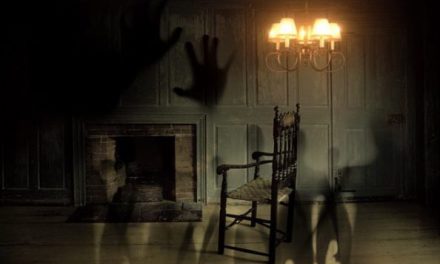Your accent wall should look intentional, not like you ran out of paint.
Sometimes accent walls can look more like accident walls — where someone ran out of paint, and never finished the job. Maybe it was their choice of color, or the wall they selected, but whatever it was, it’s not working. If you’re planning to DIY an accent wall for your home, don’t worry. We’ve got some tips and strategies to ensure your accent wall looks intentional (and good).
What is an accent wall?
An accent wall is an interior or exterior wall that has a different color, shade, design or material from the other walls around it. It can be used in any room in a home, and is a great a way to add some color to an otherwise-boring room without the commitment, time, and cost of painting or wallpapering all four walls. A strategically painted accent wall is a powerful and effective way to add dimension, interest, and focus in a room.
Making an accent wall work for your home
Adding an accent wall sounds easy enough; just paint one of the walls a different colour from the rest and call it a day, right? WRONG! Making an accent wall work includes considerations like the purpose of the room, what kind of ambiance you’re going for, and whether a particular wall (or even ceiling) is suitable to be used as an accent.

#1 Pick the right colour
Picking the right colour for your accent wall is vital to making it stand out while suiting the overall look and design of the room. The color should work in tandem with the surrounding furnishings and design, for example pulling a colour from the rug or statement piece. You should also consider the room’s role in your daily life – and how you want to feel when you’re in it – when choosing a color.
Blue is known to be a calm and soothing colour, making it ideal for the bedroom to create a zen atmosphere. Green is invigorating and balancing, and often a nice choice in an entryway or living space. Yellow or orange, in small doses, can be welcoming and energizing.
#2 Pick the right wall
Don’t choose a wall at random, or simply because it’s the easiest one to paint. The best wall for an accent color is typically the one with the room’s focal point—like the fireplace wall, a wall behind a headboard in the bedroom, or a wall with a large-scale piece of art.

#3 Consider an accent ceiling instead of wall
This might be a revelation to some, but a ceiling can be an accent wall too! Painting the ceiling turns your attention upwards when entering the room, making it the focal point. Typically, accent ceilings are done in rooms with crown molding, which acts as a clear border between the ceiling and the other walls in a room. But it’s certainly possible to do an accent ceiling in a room without crown molding for a more modern look.





![[Infographic] 6 Interesting Facts You Probably Didn’t Know About Malaysia](https://insight.estate123.com/wp-content/uploads/2015/08/Logo-Merdeka-Hari-Kebangsaan-2015-e1440656015599-300x264.jpg)
